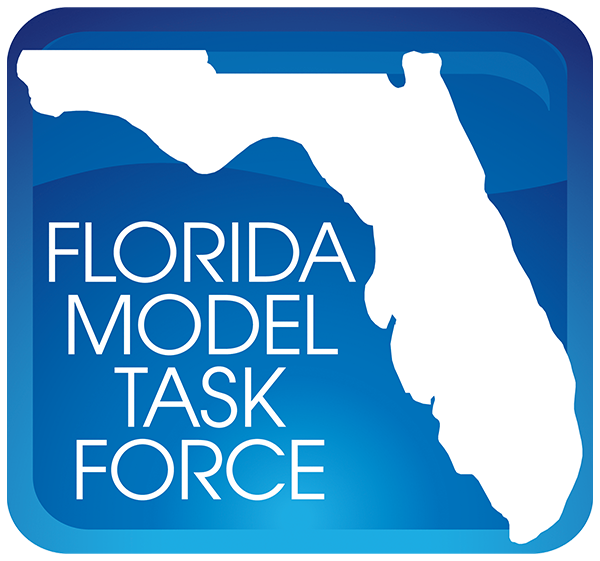

Every year, the Florida Department of Transportation (FDOT) and many local and regional agencies conduct a large number of transportation planning studies. These studies are critical to the development of the transportation system in the state because they are useful in the identification of needs and prioritization of transportation improvement projects. Transportation planning studies, such as the long range transportation plan updates undertaken periodically by metropolitan planning organizations in each urbanized area, provide information that guide billions of dollars in transportation investment.
Transportation planning studies involve the use of transportation models and procedures that both require a large amount of data as input and generate a large amount of data as output. For example, many transportation planning studies need as input data describing the roadway network and the land use of an area. Planning procedures use these data to generate present and future traffic counts on every link of the roadway network as output. All of this input and output information is contained in a wide variety of databases for each jurisdiction in the state.
Transportation planning studies often require the exchange and integration of information across jurisdictions or databases. For example, FDOT needs current and future traffic counts for all roadway links on the state highway system to develop the annual work program, which is the list of highway construction projects to be undertaken in a given year. This information is available in local and regional transportation models and studies in a wide variety of formats and data structures. At this time, planners and engineers must spend considerable time, money, and resources to obtain, match, and integrate this data into the work program development process. There are no readily available tools to render this data matching and integration procedure (termed "conflation") seamless and trouble-free.
Likewise, local agencies that develop long range plan updates need a host of data from the state-level databases for refining and validating transportation models and studies. For example, state traffic count data, roadway characteristics inventory data, and pavement condition data are available from the state. As it is extremely time consuming and resource-intensive to obtain, match, and integrate this data into local models and procedures, the need for computer tools that help to automatically match and integrate this data is being felt around the state.
The purpose of this research is to make progress towards filling the need for a comprehensive set of conflation tools that allow the matching, merging, and integration of data and networks across disparate data sources. Specific objectives include the following:

